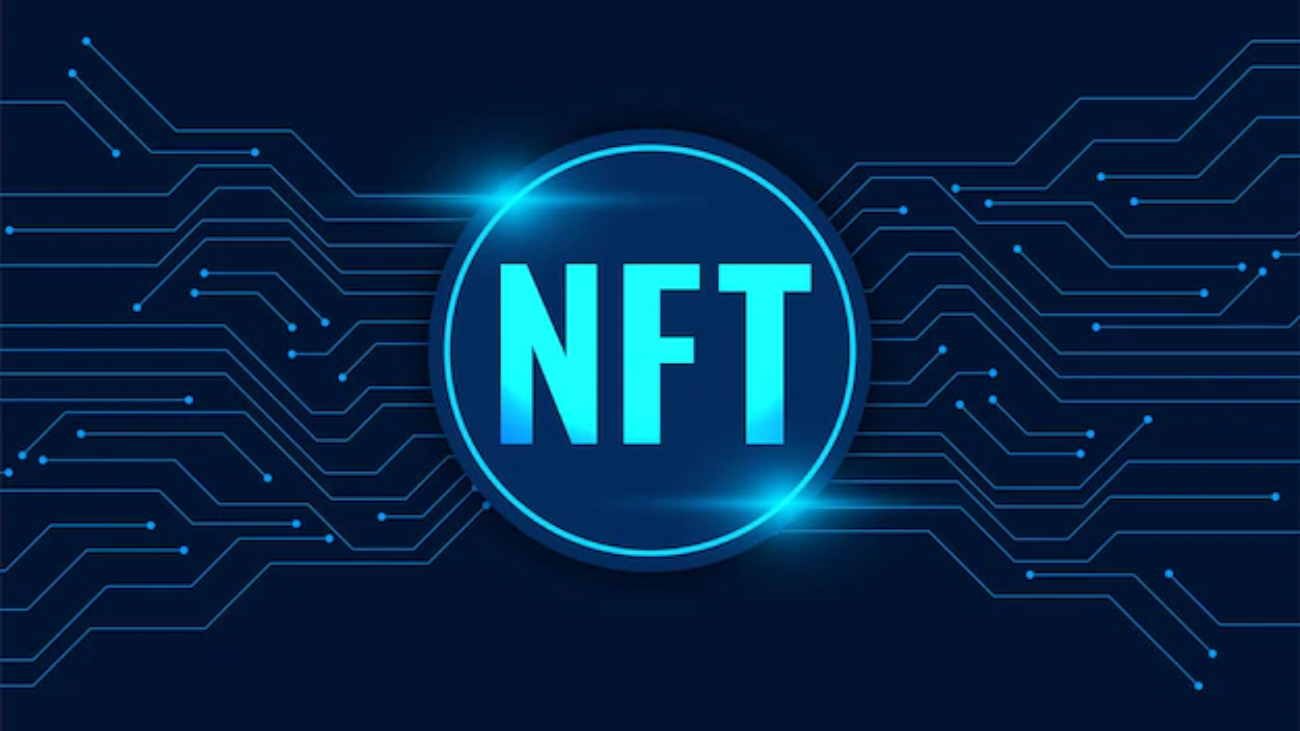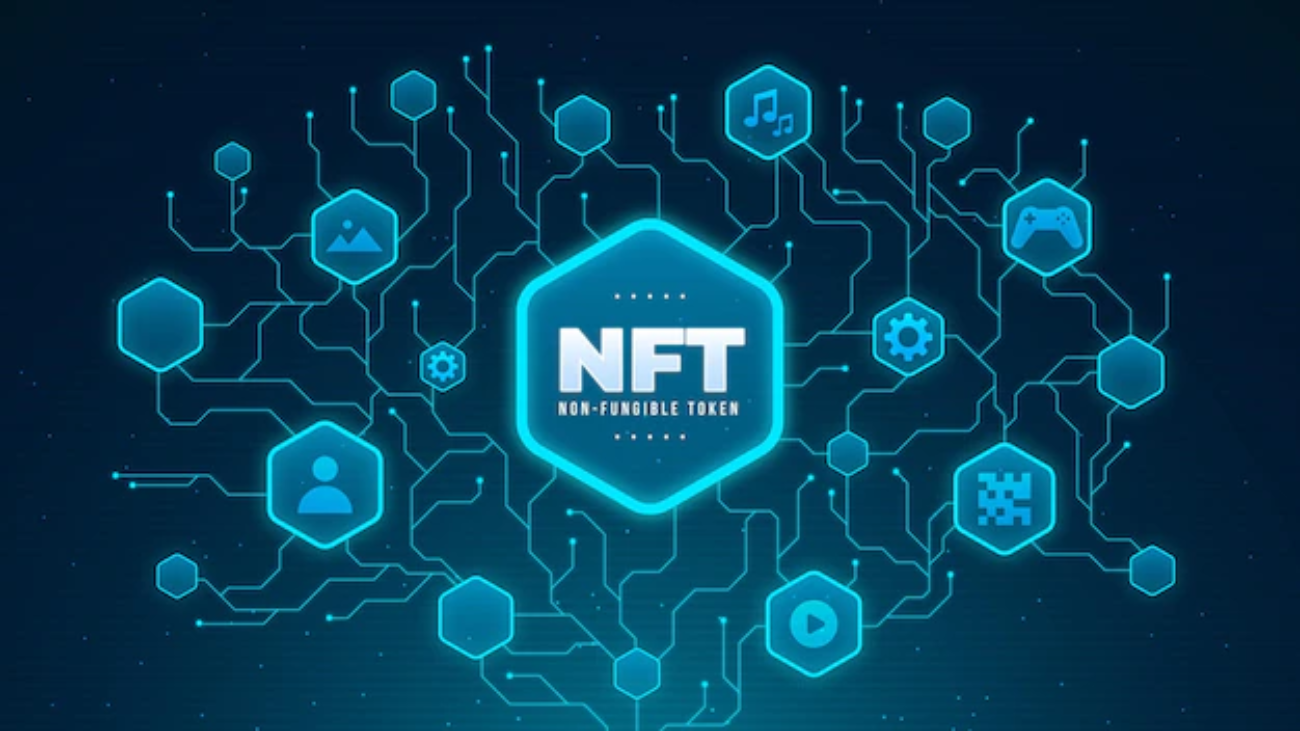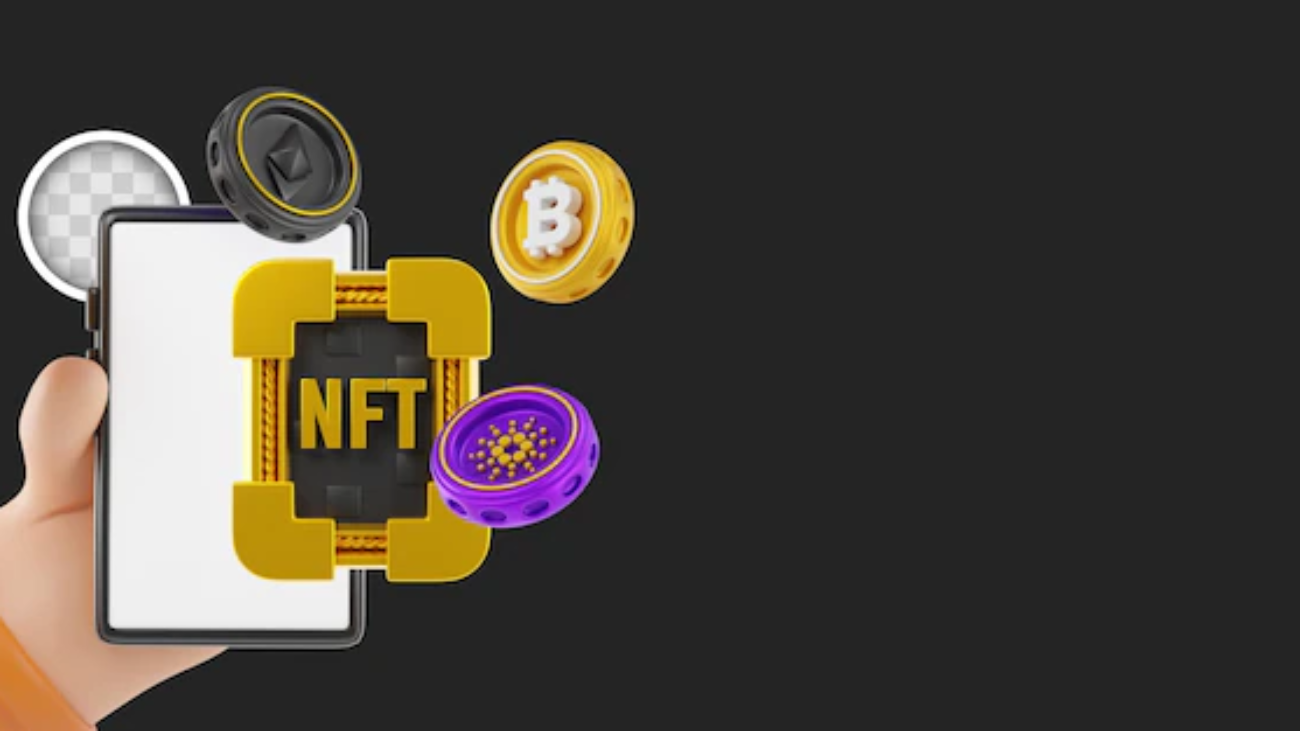Have you heard the myth that NFTs are nothing but over-hyped digital images like JPEGs? Let’s debunk this myth and learn the facts on how NFTs are more than JPEGs.
The early months of 2021 would have been another phase in the world of tech with the usual advancements in blockchain and crypto. However, NFTs had other plans as they made a huge impact in the month of February with a $69 million sale of a piece of digital art. Non-fungible tokens have been around since 2016, with popular projects such as CryptoPunks or CryptoKitties being some of the early pioneers in this space.
However, many people have been assuming that NFTs are just over-hyped digital images and are not different from JPEGs. On the contrary, NFTs are more than JPEGs in many ways, starting from verification of ownership to authenticity of the artwork. The following discussion will help you understand why NFTs, which can rake in around $40 billion, is definitely more than JPEGs.
Understanding NFTs
The first thing you need to understand how is an NFT different than a JPEG is the definition of NFTs. You can explore a wide range of definitions of non-fungible tokens all over the internet. Basically, NFTs are digital assets with the mark of unique ownership. Non-fungible tokens have a broad assortment of use cases ranging from virtual items such as CryptoKitties to real-world assets such as real estate. The most notable examples of NFTs include land titles, sports cards, artwork, digital collectibles, and many others.
Many aspiring NFT investors might harbor apprehensions regarding investments in digital artwork. After all, isn’t it the same JPEG image that you can download on your laptop or mobile phone? In addition, you can also send the JPEG image to other people without receiving anything in return or paying anything to the creator of the JPEG image. However, NFTs change the game altogether and thereby provide a stark contrast from the usual JPEGs you see today.
Are NFTs same as JPEGs?
The most important highlight of NFTs in an NFT vs JPEG comparison would refer to the ‘non-fungibility’ aspect. Non-fungibility implies that the assets represented by NFTs are unique and non-interchangeable. For example, you can trade a 10-dollar bill for ten one-dollar bills. However, you cannot trade a unique trading card for a different card as it would change the value of the collector’s collection.
In addition, NFTs can also offer the additional advantages which come with blockchain as they are basically smart contracts on blockchain networks. Ethereum serves as the most popular choice for developing NFTs right now, with support for unique assets. You can store the unique cryptographic tokens in different virtual crypto wallets and access them according to your convenience.
Why is it Important to Think of NFTs Now?
Non-fungible tokens are one of the most interesting improvements in the blockchain and crypto space. Blockchain technologies have been introducing new perspectives on the design, use, and transfer of digital assets. NFTs have introduced a promising digital standard for exercising ownership over tangible assets such as artwork and real estate.
In other words, non-fungible tokens are creating viable prospects for the simple and secure trading of physical assets on blockchain networks. On top of it, NFTs are an integral highlight of the emerging web3 landscape with significant applications in the metaverse. All these aspects provide a clear impression of how NFT are more than JPEGs in terms of value.
Some numbers about non-fungible tokens can show you how they are more important than JPEGs. The total sales in NFT marketplaces amounted to more than $40 billion by the end of 2021. Could you have believed the fact that celebrities would spend millions on purchasing profile pictures of fancy apes? Well, Bored Ape Yacht Club proved how NFTs had become a formidable cultural phenomenon.
Value Added by NFTs
The traits of NFTs and their popularity alongside the positive market trends suggest favorable opportunities for anyone to invest in NFT, albeit with professional guidance and risk tolerance. NFT artwork has proved to be more than just digital images or JPEGs, and the value of NFTs has been increasing promisingly.
However, investors must be cautious of investments in NFTs as the perception of value of non-fungible tokens depends on many factors. The more useful an NFT seems to be, the more value it will have. Does utility stand as the sole factor for determining the value of an NFT? Non-fungible tokens can offer the following additional value advantages of JPEGs, making them a favorable choice for NFT investors worldwide.
- Scarcity
The first trait of non-fungible tokens which separates them from JPEGs is the option for scarcity. NFT developers or artists can create only a few selected artworks in NFT collections, thereby increasing scarcity.
- Ownership
The most notable aspect of an NFT vs JPEG comparison would also draw references toward ownership. Non-fungible tokens operate on distributed ledger technology, with the original creator controlling the private keys to the NFT on the blockchain. If you own an NFT, only you can transfer the NFT to any other account or put it up for sale.
- Non-interchangeable
NFTs stand strong in terms of utility due to their non-interchangeability trait. While DAOs are opening up the scope for collective ownership of NFTs, there is a way you can divide an NFT into two different parts for selling it. NFTs are non-interchangeable, which is a basic aspect of their non-fungible nature.
- Unique Assets
The final aspect in the comparisons between NFTs and JPEGs refers to the uniqueness of NFTs. Non-fungible tokens have unique metadata, and it is practically impossible to modify the metadata. As a result, you can understand “how is an NFT different than a JPEG” with the support of verifiable authenticity.
- Interoperability
Non-fungible tokens are also different from JPEGs in the fact that you can trade them across different blockchain-based platforms. You can trade NFTs across all Ethereum-based platforms without any restrictions, thereby offering flexibility for NFT investors to explore new prospects.
- Transparency
Another significant highlight of NFTs which separates them from JPEGs would refer to transparency. The foundation of NFTs on the blockchain ensures access to the decentralized and immutable public distributed ledgers with detailed information on the NFTs. Therefore, non-fungible tokens provide better facilities for public verification of records associated with issuing tokens and other activities and transfers. As a result, transparency in NFT transactions with the assurance of verifiable authenticity sets them apart from common digital images.
How Will NFTs be more than Just Art?
The majority of discussions around NFTs often turn towards proving that NFTs are more than JPEGs, while non-fungible tokens present the scope for many other use cases. Many people associate NFTs with artwork and consider that they are advanced and secure versions of JPEGs. However, non-fungible tokens have many other applications beyond the domain of art. Non-fungible tokens have obviously provided a promising tool for digital artists and content creators worldwide.
On the contrary, it is important to explore how NFTs can be used for other purposes beyond art to understand their actual capabilities. Interestingly, non-fungible tokens were created as deeds or certifications for some assets. One of the significant takeaways from the NFT vs JPEG comparison, i.e., the validation of authentic and unique ownership of assets, provides the basis for productive applications of NFTs in other cases. Here are some of the potential use cases which show how NFTs are much more than JPEGs.
- Metaverse Assets
Non-fungible tokens are an integral aspect of the metaverse as they represent in-game items. For example, virtual land parcels in Decentraland or the Sandbox are actually NFTs. Similarly, game characters and other assets in the metaverse can also make the most of NFTs for leveraging the benefits of unique ownership. At the same time, you can know “how is an NFT different than a JPEG” by reflecting on interoperability in NFTs. With the help of interoperability, non-fungible tokens can facilitate the seamless movement of assets across different spaces in the metaverse.
- Real Estate
The use of NFTs in the real estate sector also showcases some favorable highlights to invest in NFT projects. Non-fungible tokens provide proof of ownership, and in the future, NFT-based property deeds might become a common practice. As of now, the sale of digital property in the metaverse through NFTs has been gaining momentum. It is only a matter of time before non-fungible tokens serve as vital tools for representing property ownership on blockchain networks.




